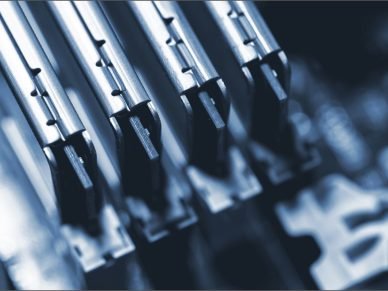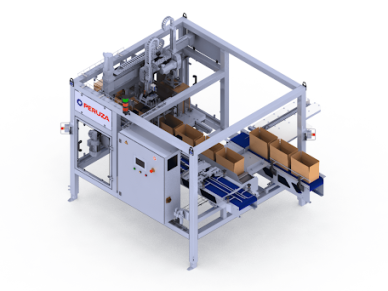
Is your manufacturing business facing rising expenses while profit margins continue to shrink? If yes, you might be considering ways to cut costs. After all, increasing prices again could drive away your customers, and that’s the last thing you want.
Well, the challenge lies in finding ways to reduce expenses without compromising on quality. Now, achieving this balance is not easy, but it can significantly benefit your manufacturing unit. By effectively managing costs, you can maintain your current operations without frustrating customers who rely on your products.
So, if you’re ready to explore effective cost-cutting strategies in your manufacturing process, you’re in the right place. Let’s dive into some practical approaches to streamline your operations and boost your bottom line.
Optimize Your Supply Chain
To lower costs in your manufacturing business, start by looking at your supply chain. Streamlining how you buy materials can save a lot of money. This means making your purchasing processes faster and simpler, which can reduce delays and lower costs.
Also, try to negotiate better terms with your suppliers. If you can agree on lower prices or more favorable payment terms, you’ll reduce your expenses without affecting the quality of your products. Both of these steps can help you run your business more efficiently and keep costs under control.
Invest in Used Machinery
When looking to cut costs in manufacturing, consider the benefits of purchasing used machinery and equipment. Buying used items can be much cheaper than buying new ones and often delivers the same level of performance. This is particularly important in manufacturing, where equipment costs can be high.
Finding quality used machinery is easier than ever. For instance, if you’re searching for an electric motor, reputable online marketplaces offer a variety of options from trusted dealers. With a wide range of products from trusted dealers, you can find what you need without compromising on quality. This approach not only saves money but also helps you maintain production standards.
Implement Lean Manufacturing Principles
Lean manufacturing focuses on reducing waste. Waste isn’t just about materials; it includes unnecessary steps, excessive production, and anything that doesn’t add value to your product. The goal is to make your manufacturing process smoother and more cost-effective.
To start, take a close look at your manufacturing process. Find out where you’re using more materials or time than needed. Ask yourself if all these steps are necessary. Could some parts be done quicker or skipped entirely without hurting the product?
Once you spot these areas, determine ways to reduce or remove the waste. This might mean rearranging your workflow, training employees to use resources better, or updating your equipment to more efficient models.
Regular Maintenance to Avoid Downtime
Keeping your machines in good shape with regular maintenance is key to avoiding unexpected breaks that can halt production. By doing this, not only do you prevent major repairs that can cost a lot and cause delays, but you also ensure your equipment lasts longer.
This practice saves money over time because well-maintained machines break down less often and need fewer expensive fixes. So, it’s wise to stay on top of the maintenance schedule to keep things running without hitches. This way, your manufacturing process stays efficient and cost-effective.
Train Employees to Improve Efficiency
Training is key to making your team work better and faster. Training your employees new skills helps them do their jobs more effectively, saving your company money and time.
Here’s how you can enhance your team’s skills without spending a lot:
- Use Online Resources: Plenty of free or low-cost online courses cover everything from basic skills to advanced techniques.
- On-the-Job Training: Pair up less experienced workers with those who know more. This way, they learn by doing, which is one of the best ways to understand new tasks.
- Short, Regular Training Sessions: Instead of long, rare training days, try short sessions more often. This keeps everyone’s skills sharp and doesn’t take too much time away from work.
By focusing on these strategies, you can boost productivity without a big budget.
Outsource Non-Core Activities
When looking to cut costs, think about outsourcing tasks that aren’t central to what your company does best. This means finding others to handle things like shipping, maintenance, or IT services so you can focus on your main products or services.
So, how do you choose what to outsource? Start by figuring out which tasks are routine and don’t need special skills that only your team has. Now, when outsourcing, it is important to pick outsourcing partners who can deliver quality work and reliability. Look for companies with good reviews and ask for references.
Conclusion
Cutting costs in your manufacturing process doesn’t have to mean sacrificing quality. By following the strategies outlined in this blog post, you can make your business more efficient, profitable, and competitive. Remember, small changes can add up to big savings.















Leave a Reply